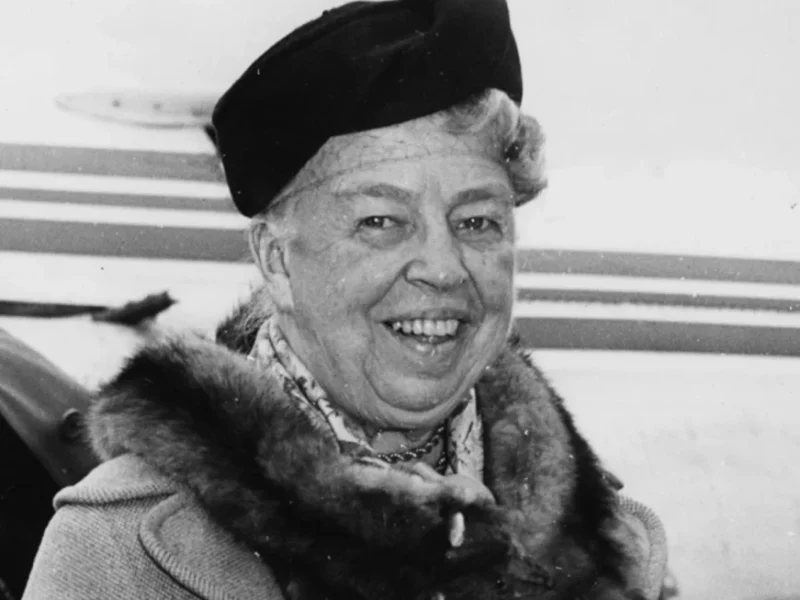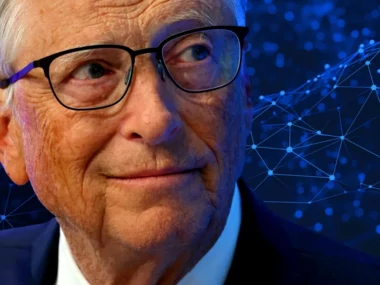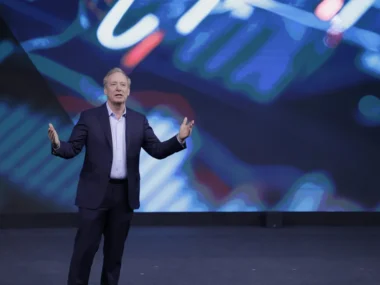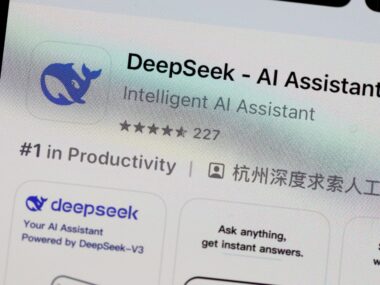During the summer of 1959, Eleanor Roosevelt visited a research facility near Poughkeepsie, where she encountered a scientist demonstrating a groundbreaking invention: a machine capable of playing checkers and learning from its experiences. In her column “My Day,” Roosevelt expressed her belief that although such technology might not see widespread use for many years, it held significant potential for addressing real-world social and economic issues. She emphasized the importance of considering how humans interact with automation and pondered the essence of humanity in light of advancing technology, suggesting that future generations would provide answers to these complex questions.
Roosevelt’s interest in humanity’s core values and challenges was not surprising given her role in drafting the Universal Declaration of Human Rights a decade earlier, which aimed to uphold the dignity and freedoms of all individuals worldwide. Yet, more than seven decades after the declaration’s signing and more than six decades after her visit to Poughkeepsie, fundamental questions about humanity, artificial intelligence (AI), and their intersection persist.
In recent times, there has been a surge in efforts to comprehend, utilize, and regulate AI, the technological descendant of the checkers-playing machine Roosevelt encountered. Various initiatives, such as the G7 Hiroshima AI Process, President Biden’s Executive Order on AI, and the UK’s AI safety summit, have sought to harness AI for societal advancement while ensuring ethical governance. However, for AI to genuinely promote sustainable development and uphold human rights, a global consensus on AI governance involving every nation is imperative, not just the major powers.
To address this need, the United States spearheaded an ambitious endeavor in the United Nations General Assembly to formulate a global approach to AI, garnering widespread support from member states. This landmark resolution, adopted unanimously, signifies a significant step towards establishing a universal framework for the responsible development and deployment of AI.
The resolution outlines measures to facilitate equitable access to AI benefits and protection from its potential harms, emphasizing principles aligned with the UN’s founding charter and the Universal Declaration of Human Rights. Echoing Roosevelt’s principles, the resolution underscores the importance of creating and utilizing AI in a manner consistent with human dignity and freedom.
While the resolution marks a crucial milestone, its implementation requires concerted efforts from civil society, governments, tech companies, and academics worldwide. It reflects a global consensus on the equitable access to AI benefits, prevention of AI misuse, and responsible innovation in AI technologies.
Moving forward, there is a need to translate these principles into tangible actions. This entails developing tools, standards, and practices to mitigate risks associated with AI, fostering responsible behavior among private entities driving AI innovation, and prioritizing human-centric design in AI systems.
In essence, while celebrating the achievement represented by the UN resolution, there is a recognition that the journey toward realizing the full potential of AI and safeguarding human values is ongoing. Just as Eleanor Roosevelt challenged future generations to grapple with the implications of advancing technology, today’s generation must continue to heed her call by collectively shaping the ethical and equitable development of AI.











